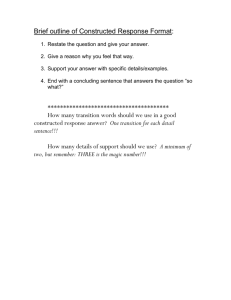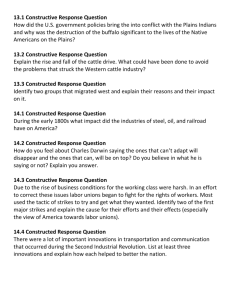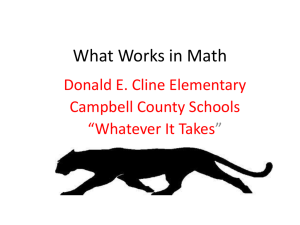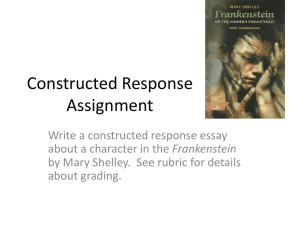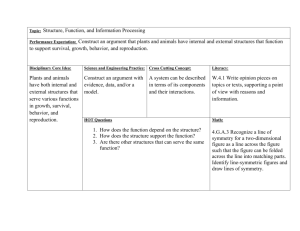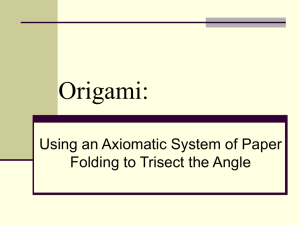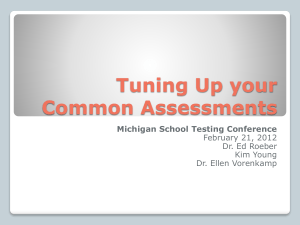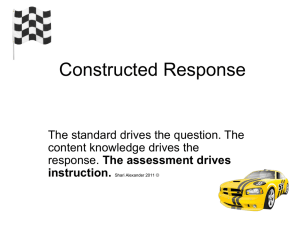Constructed Response in the Classroom
advertisement
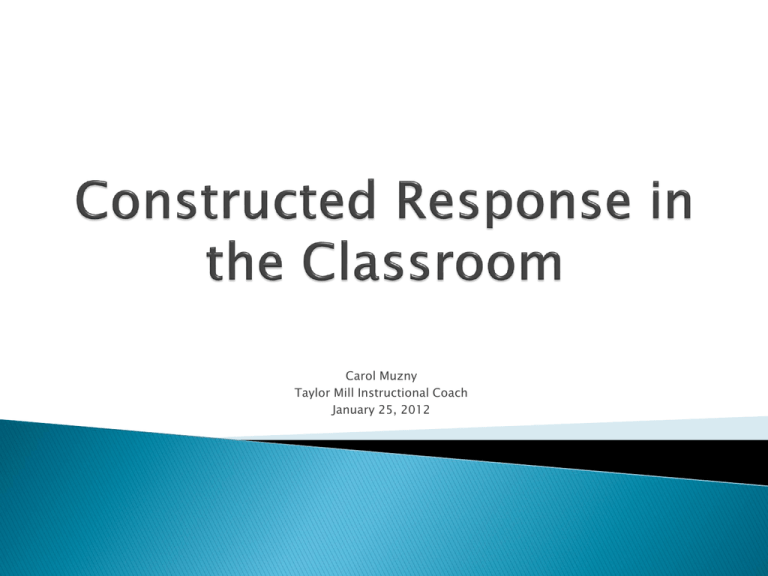
Carol Muzny Taylor Mill Instructional Coach January 25, 2012 I can name the three types of constructed response questions. I can explain the differences between short answer and extended response types of constructed response. I can list strategies that will prepare our students to write strong answers to either type of constructed response questions that they will see on K-PREP 2012. Kentucky’s new assessment (K-PREP) will include constructed response questions, no open response questions. Rubrics are used to score some constructed response answers. Sometimes constructed response questions offer students suggestions for answers. Constructed response questions only assess broad standards. Constructed response questions can be simple or complex. "Constructed response or performance based items" means individual test items that require the student to create an answer rather than select a response and may include fill-in the blank, short answer, extended answer, open response, and writing on demand formats. KRS 158.6453 Fill in the Blank Short Answer Extended Response Will NOT be part of the 2012 K-PREP More information will be coming in 2012-13 school year. Typically require students to recall, rather than recognize information (Bloom’s Remembering and Understanding). Sometime require students to apply knowledge (Bloom’s Applying). They can usually be answered within five minutes In math, may appear as a computational problem to solve. Is scored with a scoring guide or a rubric Worth 2 points (twice as much as a multiple choice) Previously known as “open-response” Assesses a student’s ability to apply concepts and/or processes in a new situation based on state standards learned. Contains a focus statement, scenario, or lead-in. Includes at least one content-related task using higher-level verbs. Allows for at least two possible answers or different ways to show the work for the answer or solve the problem. Assesses higher-level use of content/concepts, but does NOT assess the student’s use of grammar or mechanics or writing style. Answers may include bullets, lists, diagrams, etc. and whatever else is helpful in communicating knowledge. These are all acceptable responses to extended-response questions. Can be completed in 15-20 minutes using one page. Is scored using a teacher-designed scoring guide. Is worth 4 points (4 times as much as a multiple choice) 1. 2. 3. 4. Identify key details and examples in a text. Analyze context to determine which kind of ratio is represented. Formulate an objective summary that includes how the central idea emerges, is shaped, is refined by specific details Recognize that a question requires an answer. 5. 6. 7. 8. Illustrate and explain calculations by using written equations, rectangular arrays, and/or area models. Calculate unit conversions. Define irrational numbers. Compare and contrast historical portrayals of a time, place, or character/person in an historical account to how each are portrayed or altered in a literary work. In Kentucky, teachers have been providing practice and strategies for students to answer extended response questions for many years. From school to school and district to district, the strategies have varied, but have had many common factors. Many of the strategies that work for responding to extended response questions also work for shortanswer questions. On a post-it note, write a strategy that could be used to prepare our students to write strong answers to either type of constructed response questions. Do another post-it strategy if you have time. Add your post-its to the Venn Diagram Chart. Strategies for Short Answer Strategies for both Strategies for Extended Response
